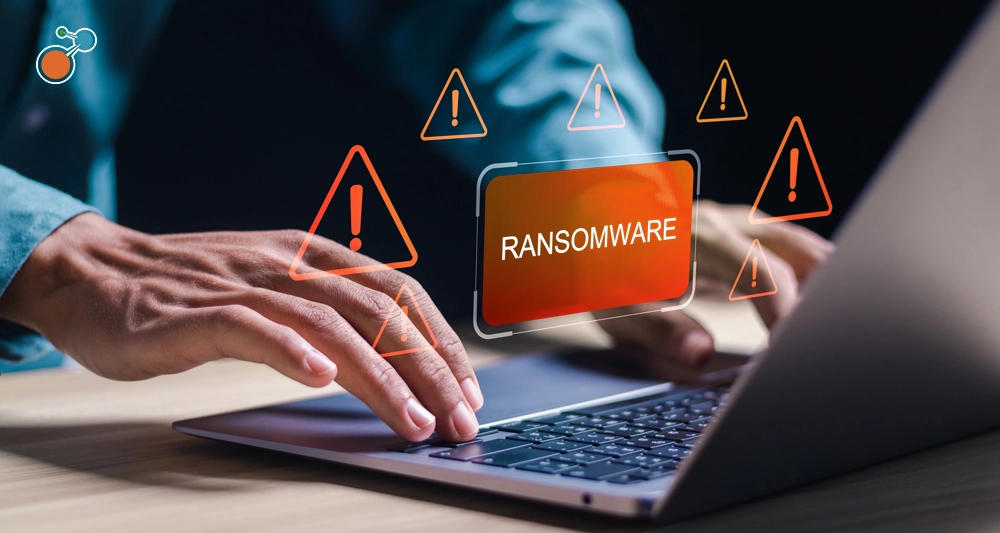The term threat intelligence is most often associated with cybersecurity as a method of monitoring cyber threats. But threat intelligence can be so much more. What is threat intelligence – and how can it help your business? Threat intelligence is a valuable part of a any business continuity program. The ability to spot early-warning signs of trouble so helpful in the cybersecurity world are also useful in a broader business continuity context. Think of threat intelligence as a way to continuously monitor risks actively threatening your operations, locations, and people. By better understanding what could most likely cause disruption, you can figure out a plan of action in advance – and be ready to respond when something happens. Specifically, threat intelligence is a systematic process of collecting, analyzing, and disseminating information about potential or actual threats that could pose a risk to an organization’s ability to operate continuously. It distills information about the active threat landscape into an early-warning system to give you a longer runway to respond.
The Value of Threat Intelligence
Your organization’s ability to continue operating under any circumstances is important to your people, your customers, your investors, and your bottom line. But with complex operations, supply chains, and a seemingly never-ending string of challenges, it can become difficult to stay ahead of disruption. Threat intelligence puts you ahead of the curve by alerting you to active threats that could cause disruption. You choose which events to monitor, for example, weather, civil unrest, infrastructure failure, labor disputes, supplier failure, crime, and more. With active monitoring and early warning, you can evaluate the severity of a threat within the context of the situation, initiate your response, and recover faster. You can also track threat trends to determine what types of disruption are most likely to affect your people, locations, suppliers, and other important parts of your business, so you’re best prepared.
Get Started with Threat Intelligence
Use data you already have about your organization – e.g., your people, your locations, where your business processes take place, and/or where your suppliers operate –to determine what you should monitor. (This information can often be found in a business impact analysis.) From there, you can pull in information about active threats from a variety of sources, including:
- Local, national, and international news coverage
- Data collected by local fire, police, or emergency medical services departments
- Federal government agencies, such as FBI, Department of Homeland Security, or other crisis management entities
- Weather reports and alerts from governmental and nongovernmental sources
- Global medical information
- Critical event reports from curated social media feeds
Tracking all these sources manually can be done with tools and services such as Google Alerts and notifications from specific news apps. This will keep the information flowing but note that you will have to sift through it yourself.
Earlier Notice, More Intelligent Response
The faster you receive data on a threat, the sooner you can initiate an appropriate response. In that spirit, software can comb through sources faster than any human and automatically alert the right people to pertinent threats. It can map those threats to organizational dependencies in real-time, so you can prioritize your resources. Software can also filter out the noise, so you aren’t distracted by things that don’t matter. You can focus solely on the threats that could affect your operations at the severity level you’re most concerned about. And when you tie threat intelligence to your broader business continuity solution, you can take a far more proactive approach to dealing with threats. What is threat intelligence? It’s an added a layer of protection to help your organization be at the ready before a threat knocks on your door. Threat intelligence keeps up a constant flow of relevant information to your business continuity and resilience team – as well as other stakeholders – so you can initiate a well-planned response as quickly as possible. Threat intelligence is like a secret weapon to move your business continuity program forward to the next level – and efficiently respond to any form of disruption.
For more, download our ebook, Getting Started with Business Resilience. And check out Riskonnect’s Threat Intelligence software.





